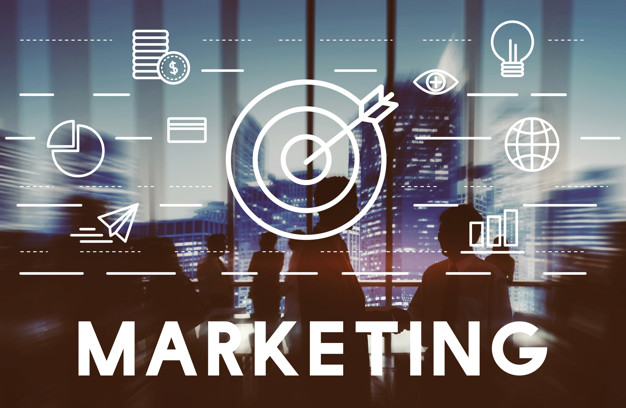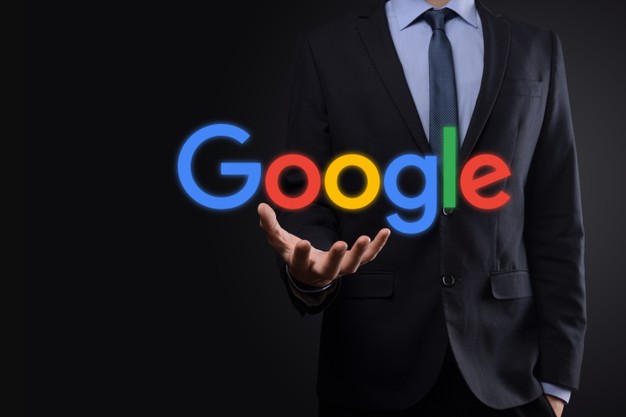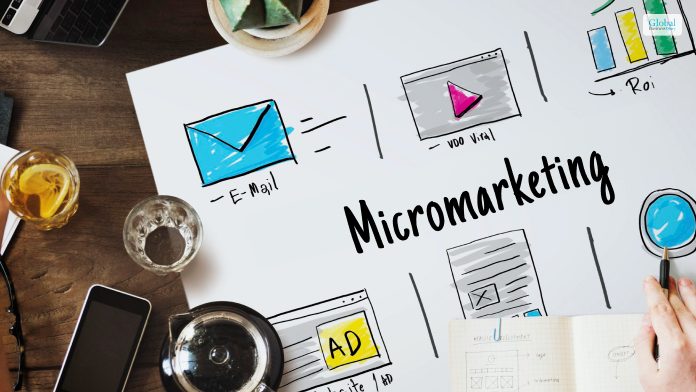Top 7 Best Types Of Marketing In 2023

Are you planning to do marketing activities for your business in 2021? If yes, then you must focus on doing it in a better way. You need to understand that you must make your marketing activities stronger to achieve your business’s desired goals if you plan to develop your business. Different types of marketing opportunities are there in the market to look for today.
You must identify the types of marketing activity that can help your business grow in the right direction. Develop plans that can help your business grow in a better manner. Focus on doing your business in the right manner. Ensure that you have made your choices in a better way.
Types Of Marketing Activities On Which You Must Focus On 2021
There are different types of marketing activities that can help your business to grow in the right direction. Therefore, let’s explore the facts that can help you to achieve your business goals.
1. Optimize Your Google Updates

Google Page updates or the experience coming in May 2021 will provide you with the core metrics known as the core web vitals; it will help your business grow in the right direction. The type of marketing activity you want to do depends on your site load time, interactivity, and content stability.
It will help you to improve your overall search rankings. You must understand one thing that if you want to develop your business, then you need to understand the metrics of Google in a better way. Develop different types of marketing strategies to grow your business.
You can be the owner of the web design agency as it will help you develop the core web vitals of your website.
2. Prepare The End Of Third Party Cookies
The third-party cookies will not work any further from 2021 to 2022. You need to reshape your branding process to help your business grow in a better manner. Ensure that you have made the correct choices from your end.
Always look for the alternative that can help you in your branding process. Ensure that you have made the right choices from your end. It will help you to achieve the business goals in a better manner. Multiple types of marketing activity can help your business to grow in the right direction.
3. Focus On Retaining The Customers
You must focus your attention on retaining the customers. It will help your business to grow in a better manner. Remarketing is the best way to do that. Keep your ads crisp and to the point. It will help your business to grow in a better manner.
You must focus your attention on retaining your customers by applying personalized text messages or push notification through smartphones or mobile apps. Ensure one thing this type of marketing must help your business to grow in a better manner.
You must not make any mistake while you are remarketing your products on any social media platforms to keep your customers stay aware that you are awake in the market.
4. You Can Start Selling On Social
In this type of marketing, you can start selling on social media platforms. It can help your business to grow in a better manner. If you want to grow your business, then social media marketing is an effective means of your branding.
You need to understand that if you wish to develop your business, social media marketing can be one of the ultimate ways to do that. Develop your idea in such a way so that it can help your business grow further in a better manner.
5. Follow The Statements Of Purpose With Actions
You must follow the statements of purpose with all the related actions to it. It means a statement of your brand that highlights your brand personality.
It will help your business to grow in a better manner. If you want to develop your business, accurate statements with actions can help your brand grow in the right direction. You must make efforts to develop your business so that it can help you achieve your goals in a better manner.
Brands will do it to enlighten the customers in a better manner. If you want to achieve your business objectives, it can help your business grow better way.
6. Grow Communities
You must grow your community to help your business get the real boost, and you can do these types of marketing to develop your brand image. Brands must focus their attention on creating loyal customers.
If you want to develop your business, you must focus on developing the community that can help you to enhance your brand reach. Community buildup can enhance your market share to a great extent. Different types of marketing strategies to grow your business you can employ to build your brand reputation.
7. Doing Webinars
Doing the webinars will help you to achieve the desired objectives of your brand. You can spread your brand message to a large group of your target audience in a better way. If you want to develop your business, then you need to spread your brand message effectively.
These webinars can connect you directly with your target audience, and you can do one-to-one interactions. You must develop the process of your branding innovatively. It will help you to achieve the desired goals of your business.
It is one of the innovative types of marketing that you can practice from your end. Ensure that you have given your hundred percent effort into it.
Why Must You Experiment On Different Types Of Marketing Practices?
You must experiment with different types of marketing practices to gain the maximum market reach in a short time. You need to understand one thing that if you want to develop your business, then you must consider individual essential facts to make things happen in your favor.
Business always works in an everchanging environment, and it can push you back if you are not complying with the recent marketing trends to develop your business.
Ensure that you have made the right choices from your end to develop the perfect business model. The more you can think pro-actively, the better you can respond to the market needs in a better way. Ensure that you have made your choices in the right direction.
Final Take Away
Today, the business world is changing rapidly and you need to respond actively. You cannot make things happen in one day. Rather you have to put your efforts in the right direction to achieve success in your field. Different types of marketing opportunities are there in the market which you need to grab for your business development.
Read Also:
- Why Create A Powerful Business Continuity Plan?
- Different Ways To Start A Business In 2021 – Best Business Strategies
- How To Create A Powerful Strategic Marketing Plan – Step By Step Guide
















